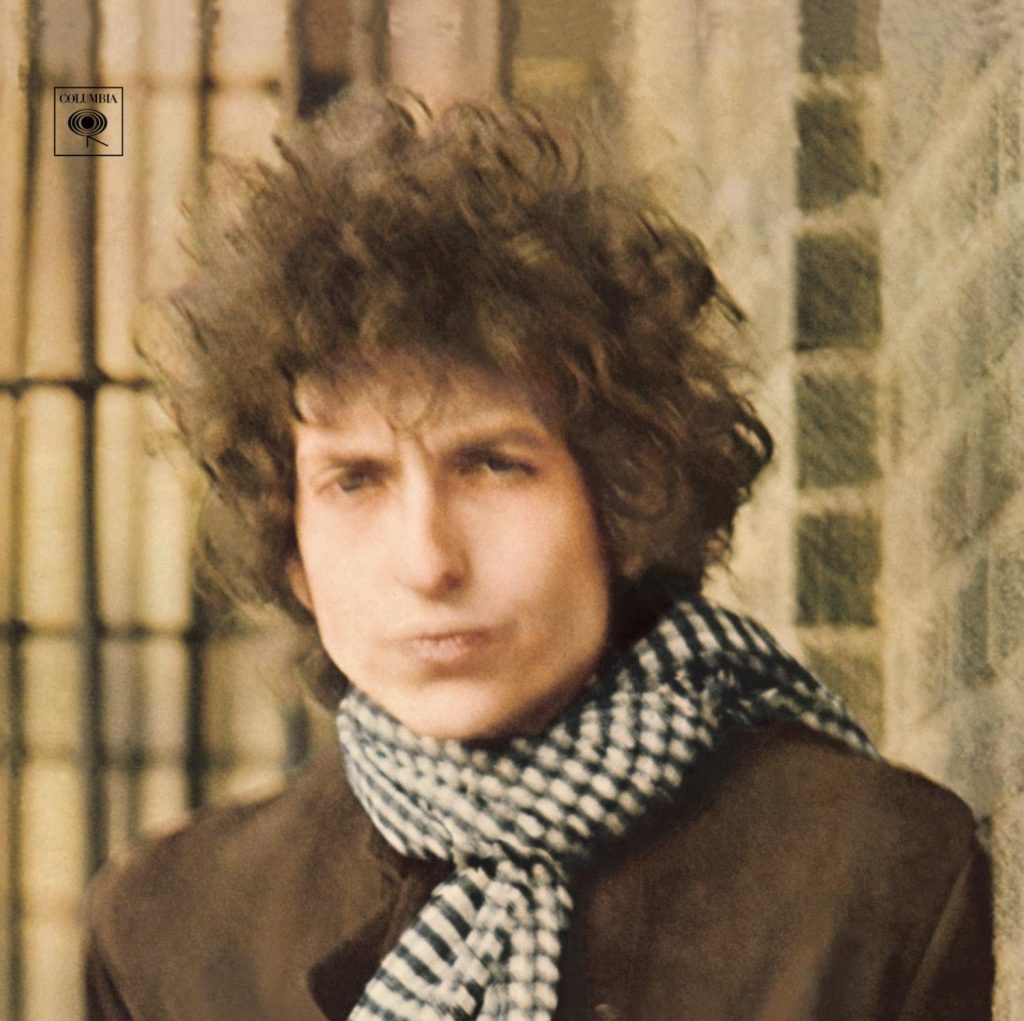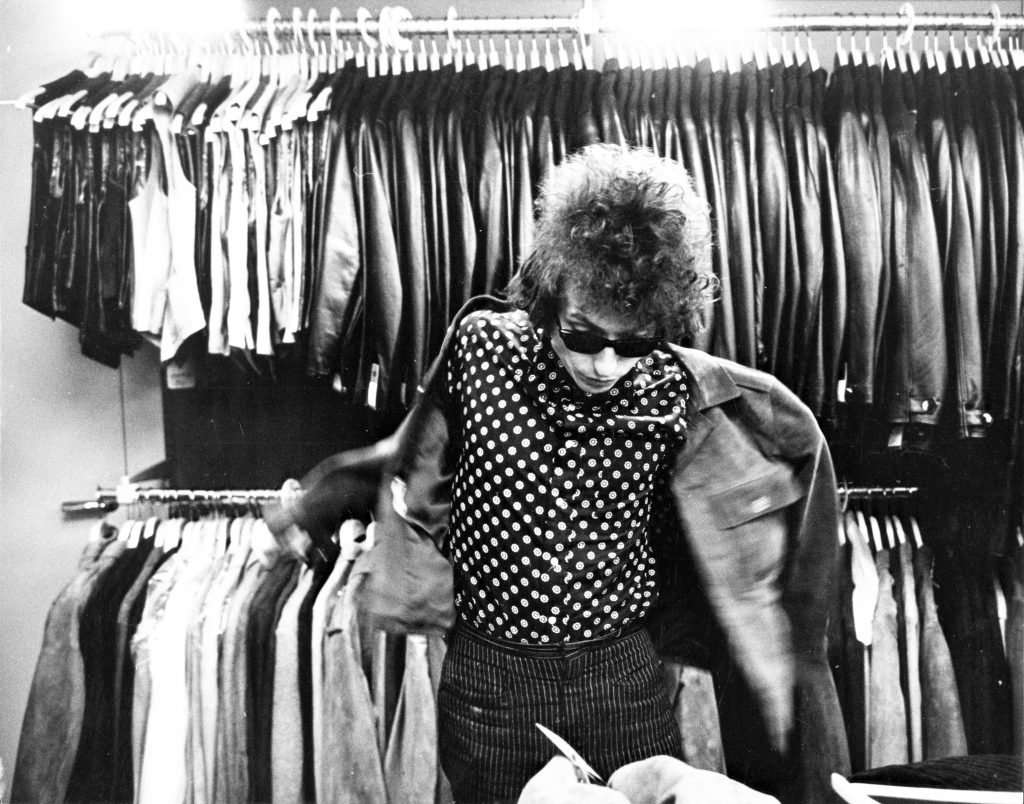
By the time ‘Blonde on Blonde' was released in 1966, Bob Dylan was already a major figure on the American folk scene. With this album, he consolidated his status as a major musician and poet, marking a crucial step in his artistic career.
In the 1960s, folk music was undergoing a revival with artists like Joan Baez, Peter, Paul and Mary, and of course, Bob Dylan. Dylan had already released a number of albums and had set people on fire with hit songs such as ‘Blowin' in the Wind' and ‘Master of War', which reflected the turbulent political and social climate of the time.
Dylan had already experimented with electric sound on his 1965 album ‘Bringing It All Back Home' and continued to explore this new direction with ‘Highway 61 Revisited'. Dylan's desire to mix folk and rock was already causing controversy among the purists of the genre.

Against this backdrop, Dylan set about creating ‘Blonde on Blonde', an album that proved to be his most ambitious and experimental work to date. Recorded between October 1965 and March 1966, ‘Blonde on Blonde' saw Dylan collaborate with renowned musicians such as Robbie Robertson, Al Kooper, and Joe South, as well as the Nashville studio musicians who brought a country feel to the album.
“Blonde on Blonde” is often considered one of the first double albums in rock history. It offers a mix of electric and acoustic tracks that deal with topics such as love, politics, philosophy and the absurdity of the human condition. Dylan's lyrical writing became even more dense and complex, drawing on literary and historical references as well as evocative poetic imagery.
On its release in May 1966, ‘Blonde on Blonde' received generally positive reviews, although some criticised its experimental and deliberately muddled approach. The album spawned hit singles such as ‘Rainy Day Women #12 & 35', ‘I Want You' and ‘Just Like a Woman', which have become classics in Dylan's repertoire.
I Want You
This song is an ode to love and desire, blending poetry and haunting melody.
The lyrics of ‘I Want You' are both simple and profound, sincerely expressing the feelings of a man in love. Dylan uses evocative language to describe the strength of his desire and his inability to free himself from the grip of his loved one. The lines “The guilty undertaker sighs / The lonesome organ grinder cries” illustrate the mixture of sadness and longing that permeates the song.
In addition, ‘I Want You' is peppered with cultural references and enigmatic characters, such as ‘the drunken politician' and ‘the dancing child with his Chinese suit', who seem to have escaped from a surrealist painting. These images add a poetic and mysterious dimension to the song, while reinforcing the sense of desire and obsession.
“I Want You” is characterised by its simple and haunting melody, which gives the song an intimate yet universal atmosphere. Dylan's acoustic guitar and harmonica are accompanied by a subtle arrangement of brass and strings, giving the song an elegant and nostalgic feel.
“I Want You” is considered one of Bob Dylan's most successful and touching love songs. It captures the essence of desire and passion with an economy of means and an overwhelming sincerity. Since its release, the song has been covered and performed by many artists, demonstrating its lasting impact on popular culture. And it gave me the opportunity to discover the reggae version by Ali Campbell, one of the founding members of UB40.
Where to listen to Blonde on Blonde?
- Listen to Blonde on Blonde on Spotify
- Listen to Blonde on Blonde on Deezer
- Listen to Blonde on Blonde on Youtube